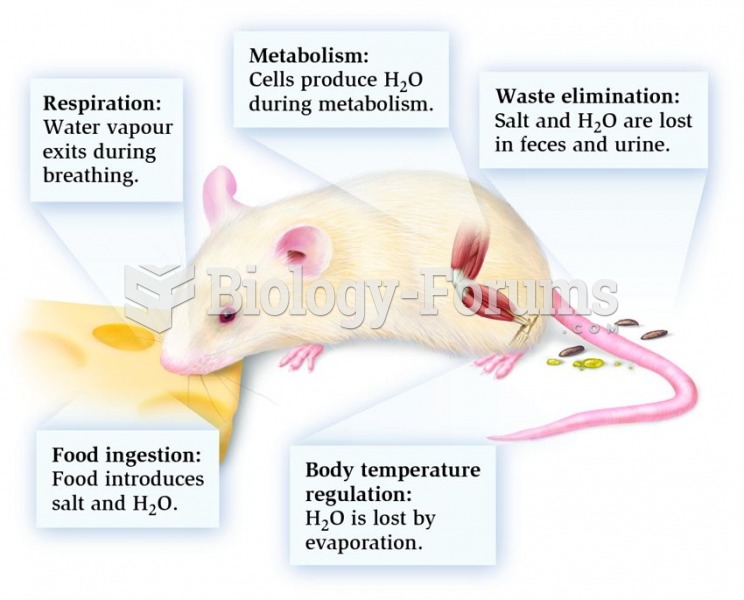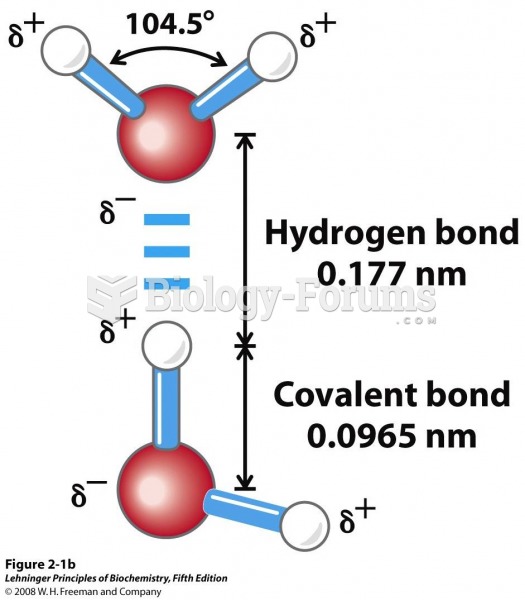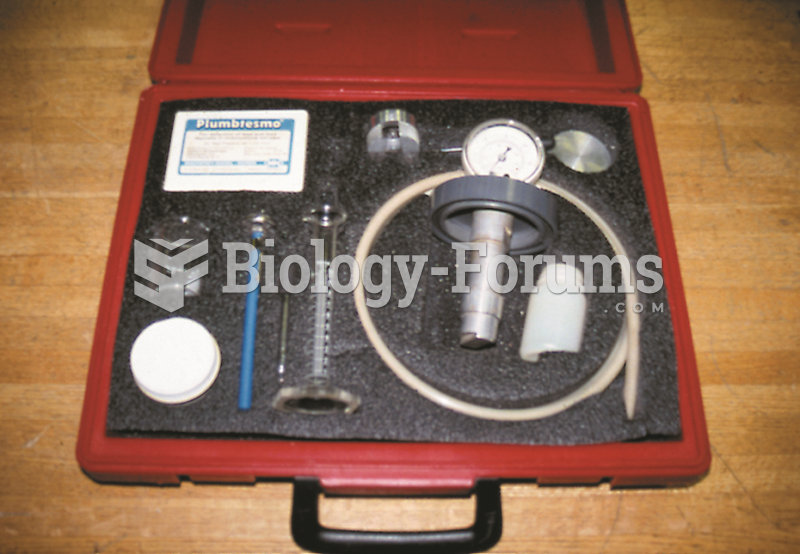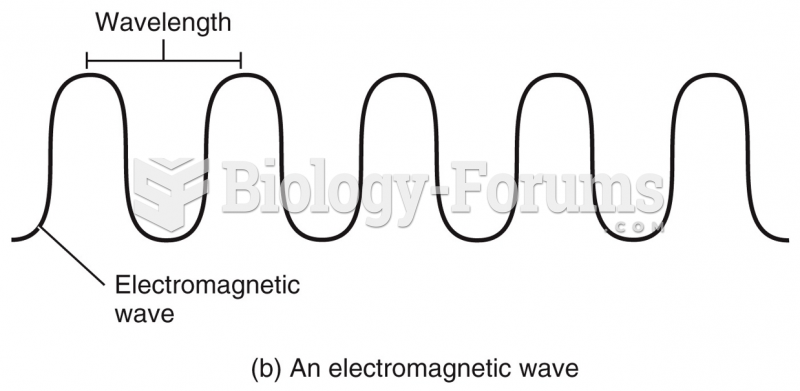Answer to Question 1Most wind waves eventually find their way to a shore and break, dissipating all their order
and energy. The process begins with the transition of a deep-water wave to a transitional
wave in water less than half a wavelength deep.
(1) The wave train moves toward shore. When the depth of the water is less than half the
wavelength, the wave feels bottom.
(2) The circular motion of water molecules in the wave is interrupted. Circles near the bottom
flatten to ellipses. The waves energy must now be packed into less water depth, so the wave
crests become peaked rather than rounded.
(3) Interaction with the bottom slows the wave. Waves behind it continue toward shore at the
original rate. Wavelength therefore decreases, but period remains unchanged.
(4) The wave becomes too high for its wavelength, approaching the critical 1:7 ratio.
(5) As the water becomes even shallower, the part of the wave below average sea level slows
because of the restricting effect of the ocean floor on wave motion. When the wave was in deep water, molecules at the top of the crest were supported by the molecules ahead (thus
transferring energy forward). This is now impossible because the water is moving faster than
the wave. As the crest moves ahead of its supporting base, the wave breaks. The break occurs
at about a 3:4 ratio of wave height to water depth (that is, a 3-meter wave will break in 4
meters of water). The turbulent mass of agitated water rushing shoreward during and after the
break is known as surf. The surf zone is the region between the breaking waves and the
shore.
Answer to Question 2Progressing groups of swell with the same origin and wavelength are called wave trains. The
leading waves in the wave train are drained of energy because they must begin the circular
movement of the undisturbed water into which they are intruding. These leading waves
gradually disappear, but after the wave train has passed, some energy remains behind in the
circles to form new waves. New waves thus form behind as the leading waves disappear at
the front of the wave train. Though each individual wave moves forward with a speed
proportional to its wavelength in deep water, the wave train itself moves forward at only half
that speed. Groups of waves therefore move ahead at half the speed of individual waves
within the group. The half-speed advance of the wave train is called group velocity and is the
speed with which wave energy advances. Individual waves do not persist in the ocean.
Individual waves last only as long as they take to pass through the group. Only deep-water
waves are subject to dispersion. As deep-water waves move into shallow water, the speed of
individual waves within the group slows until wave speed equals group velocity.







